Review: HTC U12+
Jun 11, 2018, 12:30 PM by Eric M. Zeman
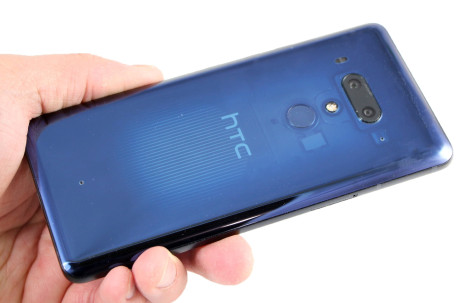
HTC's 2018 flagship is the U12+, a large Android slab with a big screen, front and rear dual cameras, see-through glass, and squeezable actions. The phone offers top specs in a modern piece of hardware that's attractive, powerful, and sadly flawed in some respects. Here is Phone Scoop's in-depth review of the HTC U12+.
Is It Your Type?
HTC's 2018 flagship, the U12+, tosses a solid set of features into an attractive, if large, piece of hardware. It also offers a few unique functions that make it stand out from the crowd of super slabs. This unlocked device runs well on AT&T, T-Mobile, and Verizon, so if you're looking for an alternative to carrier-store fare, the U12+ certainly fits the bill.
Body
HTC has often pushed the envelope when it comes to design. The One X (2012) and the One M7 (2013) were stunning trendsetters. Last year, HTC cooked up the gorgeous U11 with a Liquid Glass design and has followed it up with another svelte looker in the U12+. The company knows sexy.
The U12+ is a fine piece of hardware. HTC improved its Liquid Glass design, making for a metal-and-glass phone that looks and feels luxurious. HTC picked top-notch materials for the U12+ and put the components together snugly. It's impossible to not be impressed with the quality of the glass and the rigidity of the metal frame. All the seams are tight and even around the entire frame.
The paint job on the three color variants is impressive. The Translucent Blue shade is semi-see-through so you can spy the components under the center of the rear glass. The "Flame Red" variant changes color depending on the light and can appear red, gold, or even purple. It's quite something to behold. The front and rear glass panels sandwich a strong metal frame that encircles the footprint. The frame is painted black on our review unit.
HTC did well to keep the width under 3 inches, but the phone is somewhat bigger than I want it to be. At 6.14 inches tall and 2.9 inches wide, it's about the same size/shape as the Galaxy S9+. I'm sure the U12+ may be too much phone for some people. Oddly, the phone looks and feels much thicker than its 9mm girth would attest. It measures only 1mm thicker than many competing phones, but somehow comes across as more bulky. I didn't have any trouble using the phone or carrying it around. At 6.64 ounces, it's fairly heavy. It fits into jeans pockets easily, but it weighed down my summer shorts a bit.
The U12+ is rated IP68 for protection against water and dust. This means it'll be okay if you drop it in the pool this summer, or spill a drink on it during your backyard barbeques. The U12+ is made of Gorilla Glass, but that doesn't mean it's impervious to damage when dropped. HTC generously includes a simple snap-on case in the box. I suggest you use it.
The U12+ adopts a 2:1 screen shape with no notch. The bezels are slimmer than past HTC phones while still being thicker than I prefer. The U12+ still has a bit of a forehead and a bit of a chin framing the top and bottom of the screen. The earpiece, twin user-facing cameras, and LED light are above the screen. The phone doesn't quite have the all-screen look that other 2:1 phones do, but it's a huge step in the right direction for HTC.
The U12+ carries over Edge Sense, which means the side edges are pressure-sensitive. A squeeze can activate the app or action of your choice. I like that you can dial in the sensitivity for squeezes. It takes getting used to, and I still accidentally activate it unintentionally, even though the same feature is on the Pixel 2 XL.
The screen-lock and volume buttons on the side are no longer physical buttons. Instead, they're a solid-state design, activated by the same pressure sensors as Edge Sense. HTC says it opted for this design to help achieve the watertight chassis. The "buttons" are just fixed nubs of metal; the phone's haptic motor attempts to simulate the "click" of physical buttons. It's a neat idea that I don't think HTC got quite right.
The problem is feedback. It's just not fast enough. Physical buttons provide clear feedback immediately as you press them. With these electronic buttons, there's a noticeable delay. Not only is there a delay, but I often felt it necessary to press the buttons *really hard* to get them to work — far harder than I'd have to push any real button. I do like that the screen lock button has a ribbed texture to help set it apart. The volume toggles are separate keys with smooth profiles.
You'll find the USB-C port and speaker port on the bottom. The phone does not have a 3.5mm headphone jack, which will surely grate some users. To offset that aggravation, HTC will include its capable U-Sonic headphones with active noise cancellation in the box. (These are actually decent USB-C headphones.)
The rear panel of the phone features a nice piece of curved glass that tucks into the metal frame seamlessly. Near the top you'll spot the dual-camera array, arranged side-by-side. The fingerprint reader is just below that. Most importantly, the fingerprint reader, which is indented just a bit, is easy to find and use.
This portion of the rear is where you can see the internal components on the Translucent Blue model. It's pretty neat. As much as I love the Liquid Glass, holy hell does this surface collect gross fingerprint smears.
From a hardware perspective, the U12+ is HTC's most appealing device ever. It has more personality than the LG G7, and goes toe-to-toe with class leaders such as the Samsung Galaxy S9+. I'm glad HTC adopted table-stakes features such as waterproofing and a 2:1 screen. The U12+ is a beast.
Screen
The U12+ offers the best screen I've seen on an HTC phone. The Super LCD 6 display measures 6 inches across the diagonal with 2,880 by 1,440 pixels (quad HD+). It supports HDR 10 for extra contrast. It's a rich, sharp display. The resolution is outstanding and delivers perfectly clean text, icons, and graphics. Colors are accurate and brightness is excellent. Viewing angles are very, very good. My one complaint is that the glass is highly reflective and prone to some smudging. This gets in the way of visibility outdoors or when subject to strong light. I noticed I had trouble seeing the camera, for example, when taking photos outside. I was forced to adjust brightness constantly. Other than this, it's an excellent screen.
Like most modern flagships, you can control the color profiles, set nighttime hours, resolution, and brightness on the fly. These tools are all easy to manage.
Signal
HTC sells the phone unlocked with decent support for AT&T, T-Mobile, and Verizon Wireless. I'm bummed it doesn't support bands 29/30 for AT&T, nor Band 71 for T-Mobile. A bit of good news: while Verizon doesn't sell the phone directly, the U12+ is certified for use on Verizon's network.
I tested it on all three of these networks in and around NYC and came away impressed. All calls connected on the first dial in good coverage areas and the first or second dial in poor coverage areas. That's typical. Further, the phone didn't drop any calls on any of the three networks even over miles of highway driving.
On the data side of the equation, things played out as I expected. T-Mobile delivered the best speeds to the U12+, though branded T-Mobile phones with Band 71 aboard do better.
Verizon offered the strongest network performance under weak and congested conditions, and the U12 matched the performance of other Verizon phones I have on hand. We can thank Verizon's certification process for this.
The U12+'s performance AT&T ranked third in my tests, but not by much. The phone performed just under par when compared to branded AT&T phones with Bands 29/30.
The U12+ did well enough on all three, offering seamless media streaming, quick social media browsing, and solid web speeds.
Sound
HTC crafted a fine voice phone in the U12+. The majority of calls I placed sounded clean and warm, although the volume level left me wanting more. I struggled to hear calls while walking city streets or sitting in noisy coffee shops. Some more punch would have been nice, but at least the quality is there.
The speakerphone is the inverse. Volume is outstanding, but clarity isn't as good. Calls are easy to hear pretty much anywhere you take the phone. Voices are more prone to distortion and breakup when pushed out of the speakerphone. The improvement in volume makes up for the occasional snap-crackle-pop.
HTC improved its BoomSound speakers. Not only is the amplifier able to generate 30% louder music, the two speakers (earpiece and bottom-firing) deliver more balance between highs and lows. The result is a better experience when holding the phone in landscape orientation. I compared it to other phones that use a similar "stereo" speaker arrangement and would say it is on par with the LG G7 and iPhone X.
Thanks to the improved amplifier, ringers and alerts are awesomely loud and always got my attention. The vibrate motor is a bit weak.
The included USonic headphones measure and map your inner ear and use phone-based software to analyze and adjust the sound profile specifically for the shape of your ear canal. What's more, the USonic headphones include active noise cancellation. The results are real. The customized sound profiles and active noise cancellation make the USonics some of the best in-box headphones around.
Battery
Battery life is wildly inconsistent. The phone has a 3,500mAh battery inside. In theory, it should deliver a full day's use without breaking a sweat. It sweats a lot.
The problem is standby battery drain. On at least a half-dozen occasions the phone lost 20% - 50% of battery capacity over the course of several hours with no use at all; no screen time, nothing, just sitting there. (The battery management tool attributed the drain mostly to Google Play Services.) HTC insists this is abnormal behavior and is looking into it. Other reviewers have reported similar issues, so we don't think it is a problem with our specific review unit.
On the flip side, I was able to stream YouTube videos for 10 hours straight over WiFi with no issues whatsoever. When you actually use the phone the battery seems to perform as it should. It's a conundrum to be sure.
The phone includes HTC's Power Saver mode, which conserves CPU cycles, limits location services, reduces screen brightness, and turns off vibration. The Ultra Power Saver mode is more dramatic; it basically turns the U12+ into a heavy feature phone, which means you can access the phone, messaging, and email apps, but nothing else.
Disappointingly, the U12+ cannot charge wirelessly — making it one of the few 2018 flagship phones missing this feature. The phone supports Quick Charge 3.0 and HTC was kind enough to stick a QC3 charger in the box.
Bluetooth, GPS, NFC, WiFi
HTC did a fine job with the U12+'s secondary radios. The Bluetooth radio worked as expected. I paired it with a number of headphones and speakers, as well as my car. Call quality through my car's hands-free system was excellent. Music streamed via Bluetooth to my favorite headphones sounded amazing thanks to aptX HD.
The NFC radio helped me pair the U12+ with compatible accessories, such as Bluetooth speakers. The phone also supports Android Pay for mobile payments. I didn't run into any issues setting up and using Google's mobile payment service on the U12+.
The U12+ performed GPS functions with ease. Google Maps always pinpointed me in just a couple of seconds to within 10 feet. It doesn't get much better than that. Real-time navigation ran smoothly and kept up with me at highway speeds.
The WiFi radio handled tasks such as downloading apps with aplomb. It's worth pointing out that the U12+ supports Apple Airplay, a rarity for Android phones. This lets it bean media to an Apple TV, for example. The phone also supports DLNA and Miracast for sharing with compatible equipment.
Comments
No messages


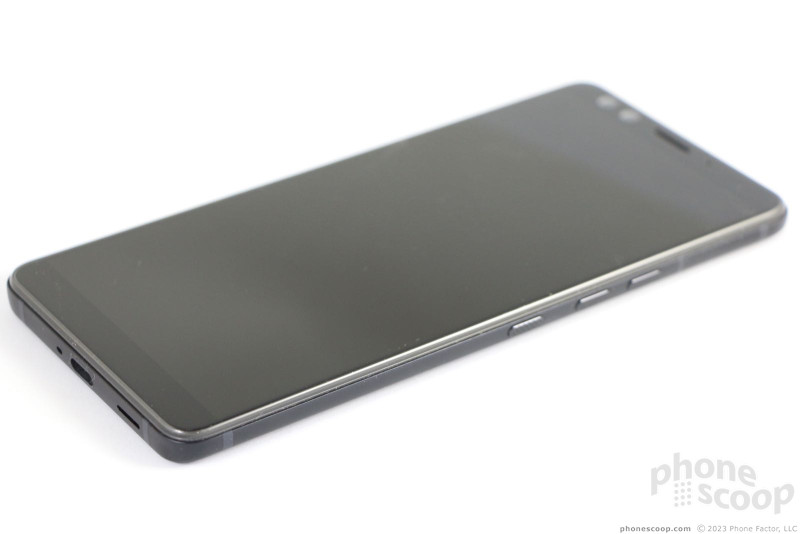





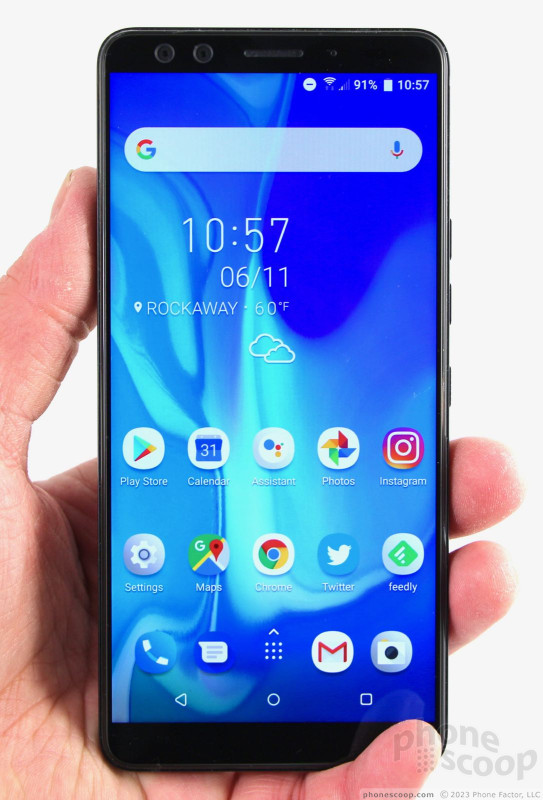









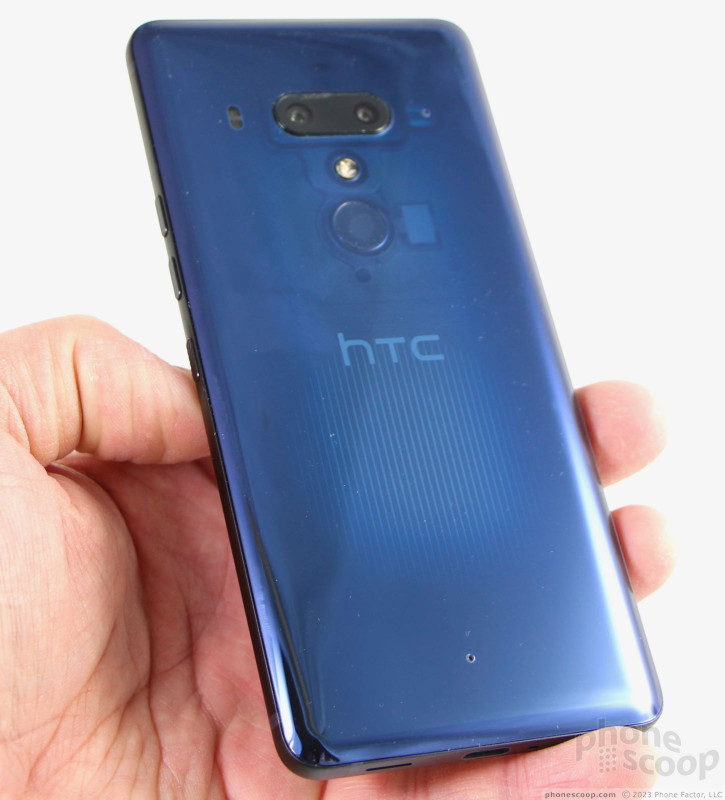













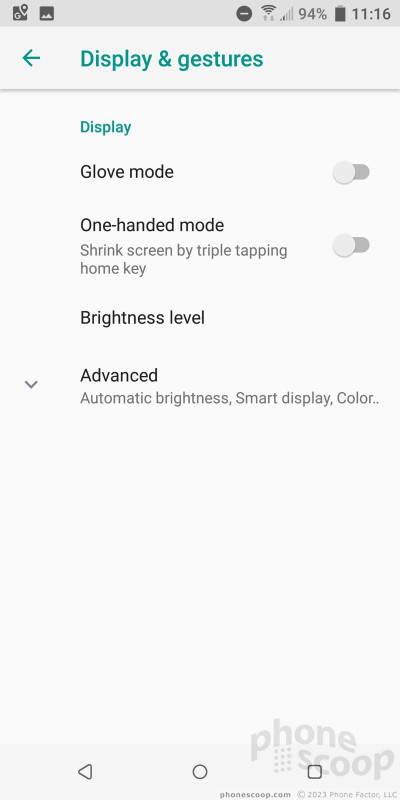




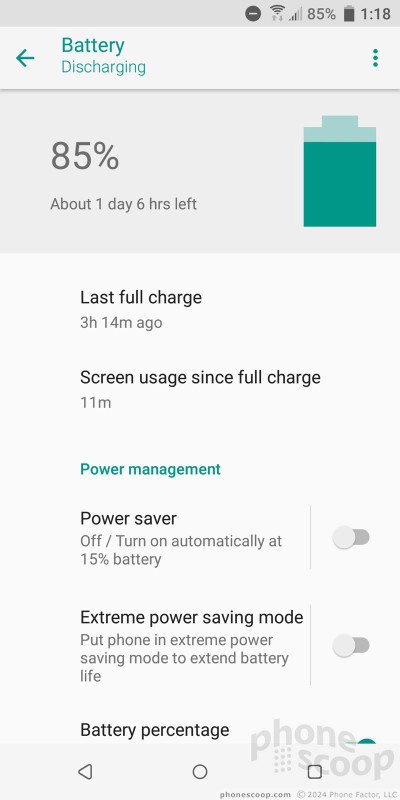



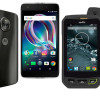 Best Certified Phones for Verizon Wireless
Best Certified Phones for Verizon Wireless
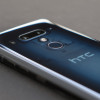 Hands On with the HTC U12+
Hands On with the HTC U12+
 HTC Offering Red Version of U12+ to US Consumers
HTC Offering Red Version of U12+ to US Consumers
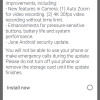 System Update for HTC U12 Mostly Fixes the Buttons
System Update for HTC U12 Mostly Fixes the Buttons
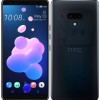 HTC U12+ Jumps to 2:1 Screen, Improves Edge Sense, Refines Speakers, Adds Sonic Zoom
HTC U12+ Jumps to 2:1 Screen, Improves Edge Sense, Refines Speakers, Adds Sonic Zoom
 HTC U12+
HTC U12+



